Last Updated on: 16th December 2023, 09:52 pm
There’s no other destination in the world quite like Egypt. But with thousands of years worth of monuments to see, how does one go about planning a visit? If you’ve been dreaming of visiting the Land of the Pharaohs and don’t want to miss a thing, then this Ancient Egypt itinerary is for you.
Rather than ask: ‘How much of Egypt can I see in X days?‘ this Egypt itinerary focuses on a different question: ‘How long it would take to see the best of Ancient Egypt?‘ The answer, it turns out, is about three weeks. But as we’ll go over below, you can extend this itinerary by another week or shorten it by several days if necessary.
This Egypt itinerary can largely be carried out independently, except for several days when hiring a driver or going on a day tour will be necessary. Regarding long-distance transport, you can get around the country by train fairly cheaply and easily. No flying is involved in this itinerary aside from your flights in and out of Cairo.
Most tourists to Egypt will get single-entry visas that allow them to stay in the country for up to 30 days. While less time than most other countries give you, it’s enough to visit a majority of the open Ancient Egyptian sites – both famous and obscure – with some extra time to spare.
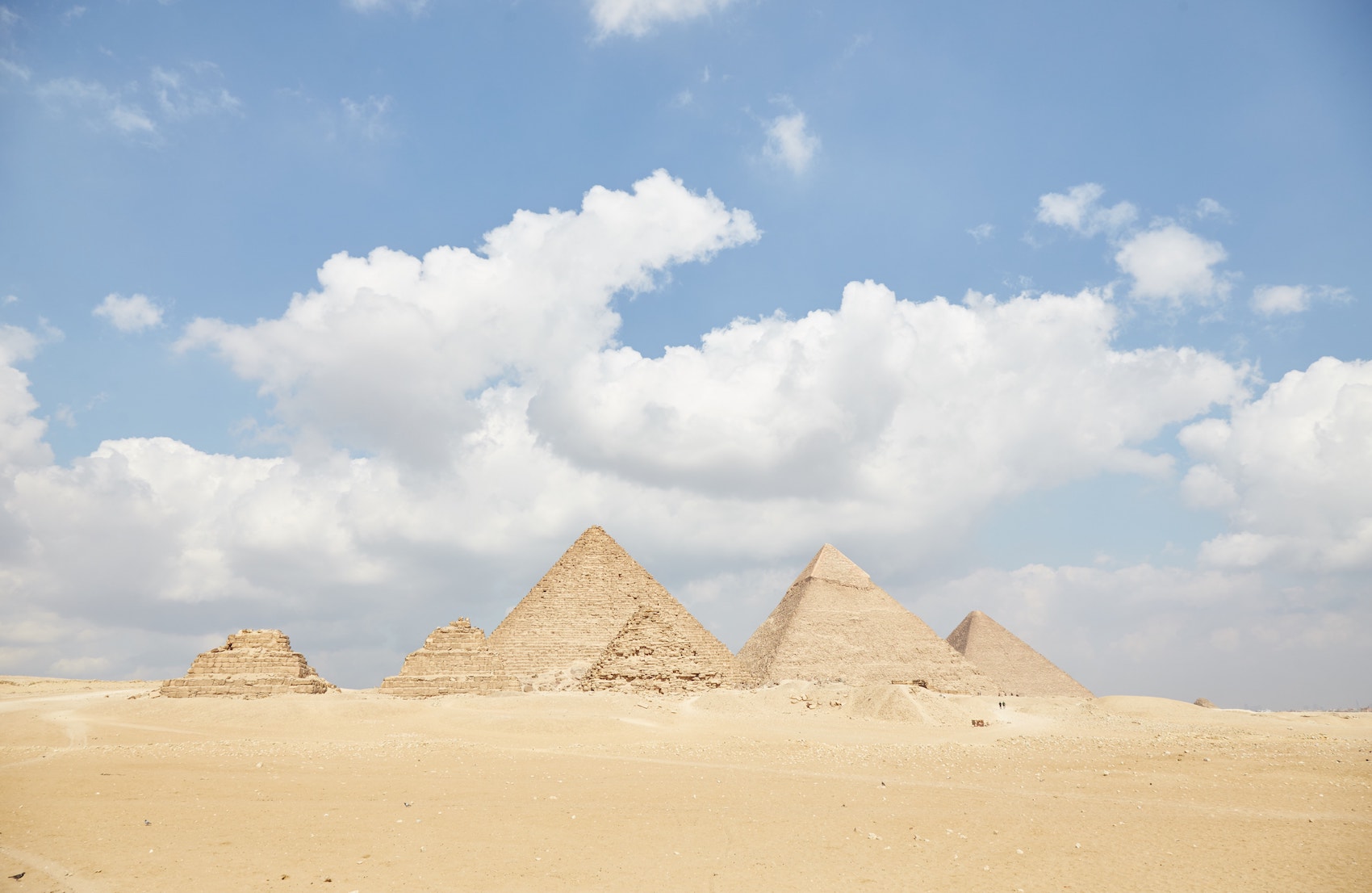
A few things to know about this itinerary:
- This is an intense, full-on itinerary intended for the true Ancient Egypt enthusiast. Following this itinerary will ensure you get the most out of Ancient Egypt’s most important locations, though you’ll have little time to rest.
- This itinerary covers all the major Ancient Egyptian sites one can visit in the country, plus plenty of minor ones. Missing, however, are sites officially closed to the public, such as Abu Sir or Abu Rawash. While technically possible to visit, you typically need to join a specialized long tour that has permission to access them (no such day trips exist).
- There are also a few open archaeological sites that, for logistical or cost reasons, do not appear in the main itinerary. You can learn more about them in the Additional Travel Ideas section below, along with how to fit them into your Egypt itinerary.
- For whatever reason, the Egyptian government has taken down their official price list from the internet, but this link seems to contain the most up-to-date entry fees as of 2022.
- The Cairo/Giza and Luxor portions of this itinerary assume you’ll be purchasing Cairo and Luxor Passes.
- The more prior research you do on the Ancient Egyptian civilization, the more you’re going to get out of your travels. Be sure to check out our recommended reading list.
The Ultimate Ancient Egypt Itinerary
- Day 1: Arrive in Cairo
- Day 2: A Day at the Egyptian Museum
- Day 3: A Day at Giza
- Day 4: A Second Day at Giza
- Day 5: A Day at Saqqara
- Day 6: Dahshur and Memphis
- Day 7: A Day Trip Meidum, El Lahun and Hawara
- Day 8: Onward to Luxor
- Day 9: Around Luxor’s East Bank
- Day 10: Exploring Luxor’s West Bank
- Day 11: Exploring Luxor’s West Bank (Cont.)
- Day 12: Even More of the West Bank
- Day 13: A Day Trip to Dendera & Abydos
- Day 14: Onward to Aswan With Stops Along the Way
- Day 15: The City Center & Elephantine Island
- Day 16: A Day Trip to Abu Simbel
- Day 17: More Around Aswan
- Day 18: Philae Temple and New Kalabsha
- Day 19: Take it Easy in Aswan
- Day 20: Back to Cairo
- Shortening the Above Egypt Itinerary
- Additional Travel Ideas
Day 1: Arrive in Cairo
Upon arrival at the airport, get a ride to your hotel and, if you still have any energy, spend the rest of the day exploring the city on foot. This is going to be a jam-packed itinerary, so you’ll want to get a good night’s rest and get into the habit of waking up early each morning.
WHERE TO STAY: One option is to spend the night in Cairo, ideally staying near Tahrir Square. This would allow you to easily walk to the Egyptian Museum the next day.
If you’re looking to splurge, consider the Steigenberger Hotel El Tahrir Cairo. Those on a stricter budget might want to try the City View Hotel. And if you’re really on a shoestring, the top-rated hostel in the area is Tahrir Square Hostel.
On the other hand, if you dislike moving around a lot with all of your luggage, you could head straight from the airport to Giza, where you’ll also be spending the next several nights (see more below). To visit the Egyptian Museum the following day, you could simply take an Uber back and forth.
Day 2: A Day at the Egyptian Museum
With the Grand Egyptian Museum on the Giza Plateau still not open at the time of writing, the Egyptian Museum at Tahrir Square is still the premier archaeology museum in the country. And in any case, it’s going to remain in operation even after the new museum opens.
The Egyptian Museum will serve as a great introduction to many of the places you’ll be visiting over the next few weeks. While you could easily visit by yourself, a lot of the artifacts lack proper labeling or context. As such, you may prefer to hire an Egyptologist guide to tour the museum with.
Another important reason to begin your trip at the Egyptian Museum is because it’s one of the few places where you can buy the Cairo Pass, which allows access to every historical site in the Greater Cairo Area for five consecutive days. (While the pass can also be obtained at Giza, getting the pass in advance will allow you to walk right to the pyramids upon opening.)
Confusingly, there is now yet another archaeological museum in central Cairo called the National Museum of Egyptian Civilization. This is where the mummies of important pharaohs that had long been kept at Tahrir Square have recently been moved.
If you finish your tour of the Egyptian Museum with time to spare, you can hail an Uber and make it to the other museum in 15-20 minutes.
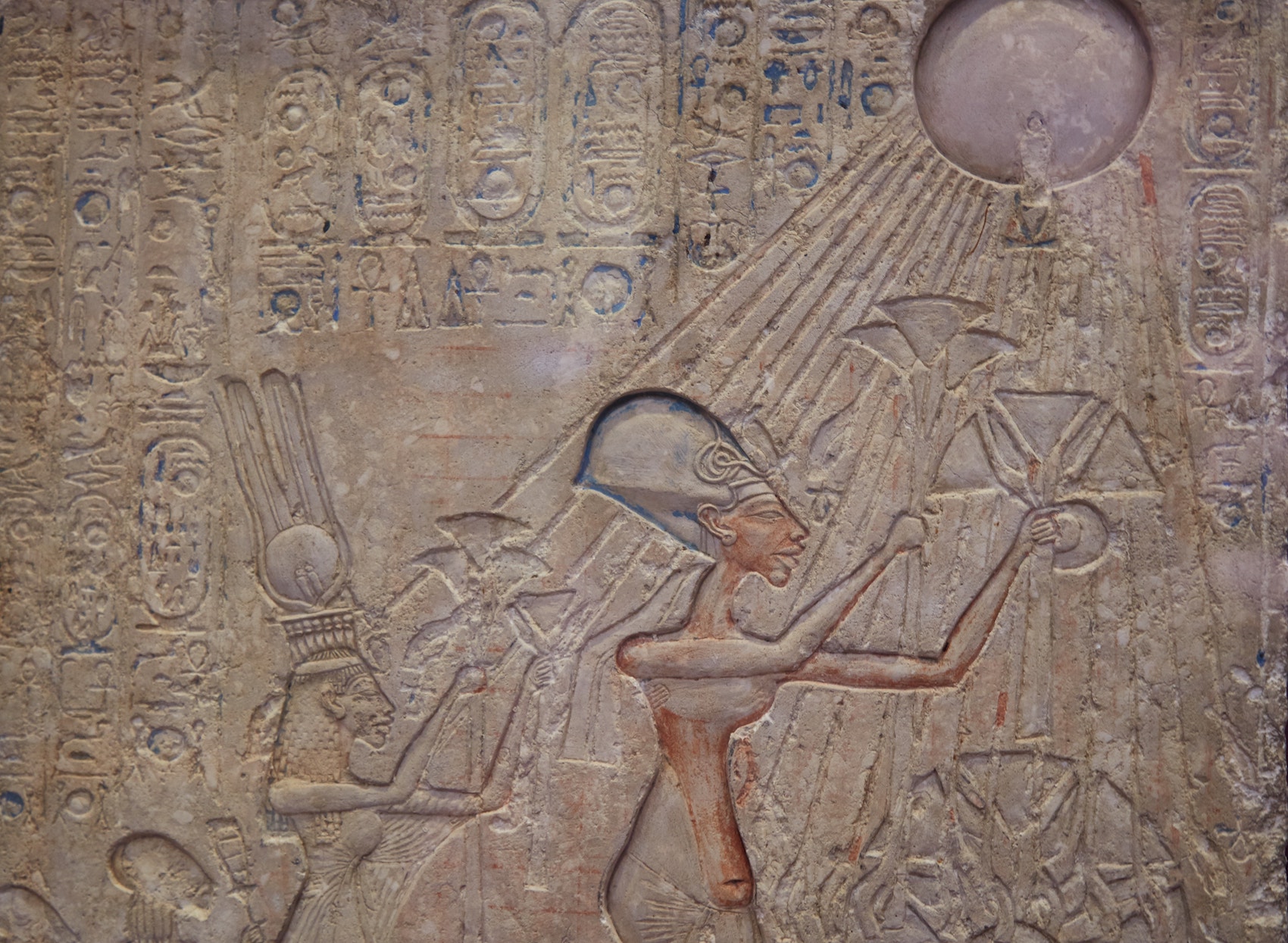
WHERE TO STAY: As you’ll want to get started on the Giza Plateau as early as possible, spending your second night at a hotel in Giza would be a good idea.
If you’ve spent the previous night in Cairo, retrieve your luggage at your hotel following your visit to the museum, and head over to Giza via Uber.
In regards to where to stay in Giza, you’ll want to stay as close to the entrance as possible so you can arrive right when the site opens. Giza has two entrances: the North Entrance and the Sphinx Entrance. Staying near either one would be fine.
If budget is not a major concern, consider one of Giza’s most prestigious hotels, the Marriott Mena House.
You can also find some excellent mid-range hotels which offer clear views of the plateau. The Hayat Pyramids View Hotel and the Great Pyramid Inn are highly-rated hotels that offer spectacular views while also being right near the ticket gate.
Those on a tighter budget should consider the Abo Stait Pyramid View Homestay. While the bathroom is shared, you’ll stay in a spacious private room with the Sphinx Gate just a few minutes away on foot.
Day 3: A Day at Giza
This is your time to explore the Giza Plateau to your heart’s content. The site is open from 8:00-16:00 in the winter and from 7:00-17:00 in warmer months. As the tour groups start arriving from 9:00 or 10:00, it’s highly recommended to get there as early as possible.
Ideally, you’ll already have your Cairo Pass in hand, allowing you to walk right in. You can then use the pass to enter whatever pyramids happen to be open at the time (usually two out of the three), along with tombs.
Unfortunately, many tourists visit as part of a rushed guided tour which also typically includes Saqqara, Memphis and Dahshur on the same day. As such, many travel writers falsely claim that a few hours at Giza is enough.
But if you’re a serious ruins enthusiast, you’ll easily find enough to keep you busy until closing time. And if you’re like me, even a full day won’t be enough!
Note: The Egyptian weekend is Friday and Saturday, and Giza gets packed with locals during this time. If the third day of your trip happens to fall on one of these days, consider switching it with Saqqara or Dahshur/Memphis, which fewer Cairo residents tend to visit.
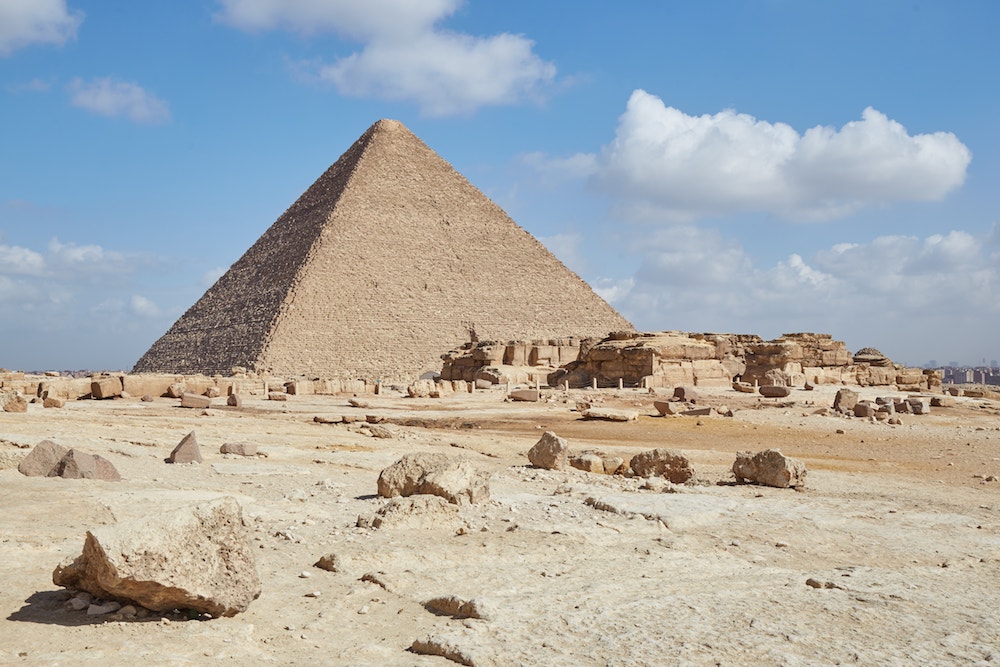
Day 4: A Second Day at Giza
Are two days at Giza a bit heavy-handed? I think not, as there’s a lot more to see and explore than just the pyramids. (See here for more information).
If you finish early, you can do some exploring in Cairo or try souvenir shopping in Giza.
To switch things up a little bit, you may want to visit Saqqara on the 4th day, while revisiting Giza a day or two later.
Day 5: A Day at Saqqara
Saqqara is located about 26 km south of Giza. While the ride should take around 40 minutes under normal conditions, there’s nothing predictable about traffic in the Greater Cairo Area.
While relatively easy to reach by Uber, you’ll want to hire a driver for the day. As mentioned in our Saqqara guide, the site is massive and a vehicle is required to get from area to area. And of course, you’ll need to eventually make it back to your hotel.
Hiring a private driver to Saqqara is preferable to both a taxi/Uber and a guided day tour. Saqqara has A LOT to see, but most guided tours will only take you to a fraction of it.
A driver for the day could range anywhere from $40-80 USD, so be sure to ask around. This private driver can be booked online in advance for around $40.
Saqqara is open from 8:00-17:00 in warmer months and from 9:00-16:00 in winter. Note that a full day might not even be enough, but you can make another visit to see what you missed after your Dahshur/Memphis excursion.
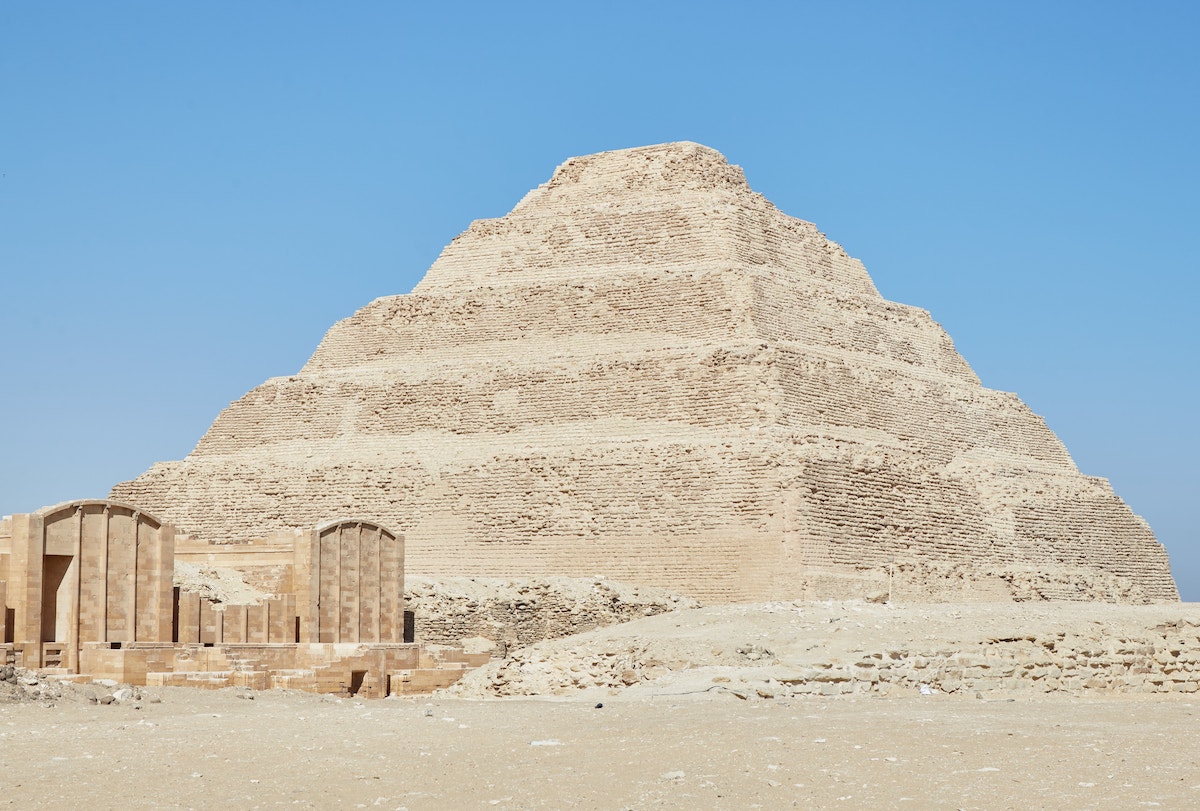
WHERE TO STAY: Your same hotel in Giza. But if you don’t mind moving around so much, staying in the village of Abu Sir would also be a good idea, as this would give you a head start for days 5-7.
I recommend Sakkara Inn, located near the Abu Sir pyramids (officially closed to the public).
Day 6: Dahshur and Memphis
The sites of Dahshur and Memphis are commonly visited on the same day, whether you’re traveling independently or as part of a tour.
Dahshur, home to the Red and Bent Pyramids (along with numerous inaccessible Middle Kingdom pyramids) is located just south of Saqqara. The ancient capital of Memphis, located in the village of Mit Rahina, is just east of Saqqara.
Again, a private driver is the way to go here, as it’s hard to find a tour that solely takes you to these sites and lets you take your time.
As mentioned above, you should have time for an additional stop at Saqqara during the day to see anything you’ve missed. Just be sure to communicate this to your driver and agree on the price beforehand.
Note: This will be the last day of your Cairo Pass validity. But the pass wouldn’t work for our Day 6 destinations anyway, as they’re too far out of the city.

Day 7: A Day Trip Meidum, El Lahun & Hawara
This is the first excursion of the itinerary that takes you well off the beaten path to some fascinating sites that few tourists see.
All three sites are located to the south of Saqqara and you shouldn’t have a problem visiting them all in a day. (Learn more about Meidum here and El Lahun/Hawara here.)
While I visited with a private driver, I would actually recommend going with a private tour. There are some parts of Egypt where foreign tourists need a local police escort on certain roads. And this is one of them (another being Abydos).
If you hire a private driver, he may not be aware of the situation and will likely be asked by the police to hand over money for the escort. You will then be expected to pay him back. But by going with an established tour company, these ‘security fees’ should be included in the initial price.
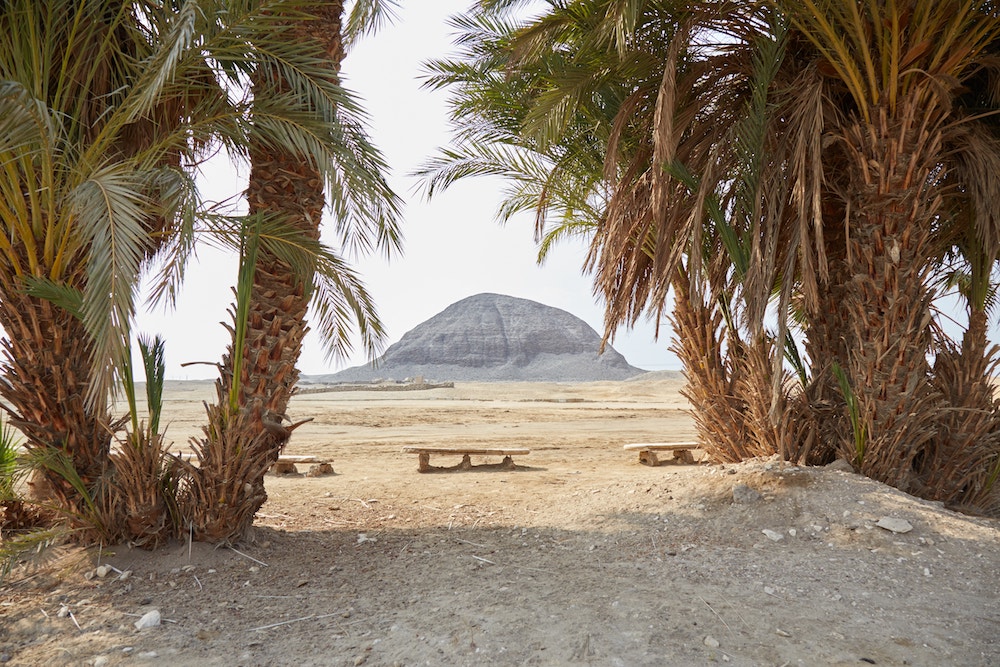
Day 8: Onward to Luxor
It’s time to take a short break from sightseeing to focus on reaching your next destination: Luxor.
While there’s a lot of conflicting information online, it is indeed possible for foreigners to ride ordinary trains in Egypt during the day. Just be sure to purchase your ticket online in advance rather than at the station.
While night trains are also an option, the day trains are far more economical.
You don’t need to head all the way back to Cairo and can simply hop on the train when it passes through Giza. Understand, however, that the train station in Giza is at least a thirty-minute drive from the Giza pyramids.
The train to Luxor takes 9-10 hours, so it will already be dark by the time you arrive.
Luxor is divided into two halves: the East and West Banks, with the train station and modern city center on the east. You’ll want to stay as close to the ferry port as possible so you can easily get back and forth throughout your stay.
Fortunately, the ferry port is walkable from the train station (just be careful of all the touts on the way). Check in to your hotel and get a good night’s sleep, as it will be another early start tomorrow.
WHERE TO STAY: To make the most out of your time in Luxor, stay as close to the ferry port as possible. If budget isn’t a major concern, the Sofitel Winter Palace is arguably Luxor’s most iconic hotel. Built in the Victorian style, the hotel is located on the East Bank right by the ferry port and Luxor Temple.
If the Winter Palace is out of your budget, nearby is the Iberotel Luxor, which offers a luxurious atmosphere at a more modest price.
Those on a tighter budget should consider the highly-rated Sun Flower Guest House, located on the West Bank. Not only is it within minutes on foot from the ferry, but staying here will give you a head start to reach the various West Bank attractions throughout your stay.
Day 9: Around Luxor's East Bank
This day will be spent exploring Egypt’s two most prominent temples from the New Kingdom period: Karnak and Luxor Temple, both of which open as early as 6:00 throughout the year.
If you’re staying on Luxor’s West bank, you’ll first need to take a ferry to the other side of the river.
Reaching the other side, you’ll be able to see Luxor Temple from the road. However, you should start the day with Karnak for one major reason: Karnak Temple sells the Luxor Pass while Luxor Temple does not.

Luxor and Karnak temples are located about thirty minutes apart on foot from one another, so you may want to take a taxi.
As one of the largest temples in the world, Karnak will take up the majority of your day. Eventually, you’ll want to make it back to Luxor Temple and spend an hour or two there. But with your Luxor Pass, you’ll be able to revisit as many times as you want.
I felt that one long visit at Karnak was enough while Luxor Temple, which is considerably smaller, should be seen on multiple occasions under different lighting conditions.
As Luxor Temple is open until quite late, you can visit the nearby Luxor Museum either before or after.
Day 10: Exploring Luxor's West Bank
To fully explore Luxor’s West Bank, you will need three full days, while a fourth could be spent visiting some distant sites in addition to revisiting Luxor Temple.
(As recently as April 2021, Egyptian authorities announced the discovery of the Lost Golden City. But as it has yet to open to the public, it’s been left off this Ancient Egypt itinerary.)
All of the sites around the West Bank can be visited independently by bicycle. If this is something you’re interested in, it’s often best to go directly to a rental shop near the ferry port instead of asking at your hotel, as they’ll likely charge you more.
If you’d rather hire a driver or customizable private tour, you can still visit the locations in more or less the same order as outlined below.
Let’s start the day by biking down the main road from the ferry port area toward the desert. On the way, stop at the Colossi of Memnon.
Then head west to visit the temple of Medinet Habu. If you get there early enough, you should be the only visitor there. Conveniently, there are some cafes out front if you missed breakfast.
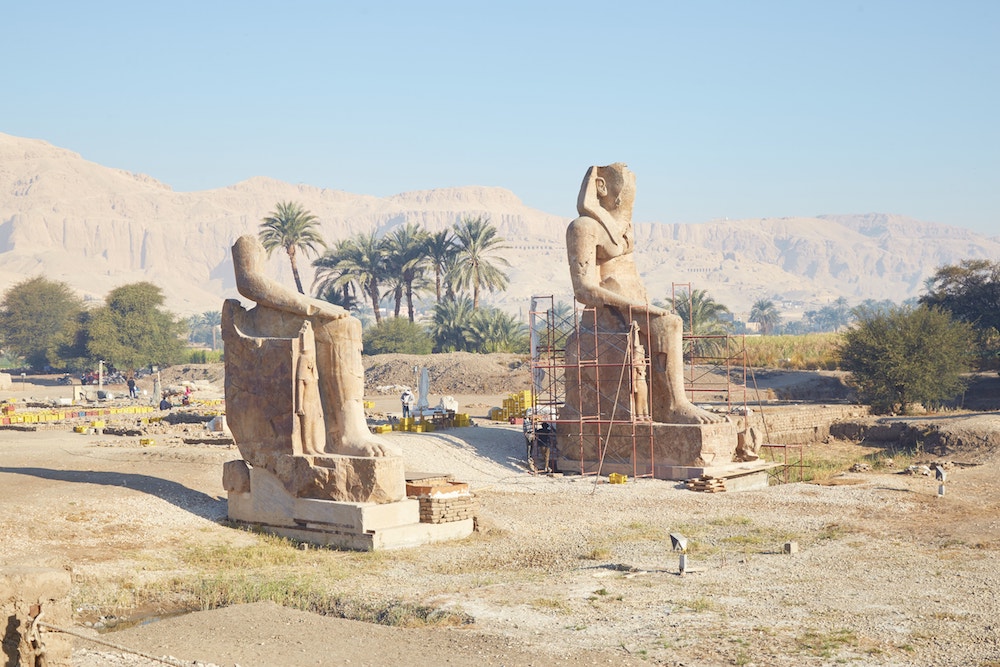
Next, head further north to the Valley of the Queens. There are only four tombs to see here, including the extra special (and expensive) tomb of Nefertari.
Then head a bit east down the road to the workers’ tombs of Deir el-Medina. See the few tombs that are open in addition to the Ptolemaic temple.
Next, ride back to the main road connecting most of the main temples. Head toward the Ramesseum (though you can stop at Merenptah’s temple along the way if you wish).
After the Ramesseum, just across the road are the ‘Tombs of the Nobles.’ Only around five tombs are open here at any given time. (There are many other tombs scattered throughout the West Bank that belonged to nobles, though each little cluster aside from this one has its own unique name.)
This would be a good place to call it a day. But if you have fewer days in Luxor than are included in this Egypt itinerary, try to see whatever you can nearby before things close around 16:00.
Departing at around 7:00, expect to finish at roughly 14:30.
Day 11: Exploring Luxor's West Bank (Cont.)
If you’re getting around by bicycle, this is going to be a tiring day. But it’s manageable if you’re reasonably fit. If you’re not feeling too energetic, you may want to hire a driver.
Wake up early and get to the Mortuary Temple of Hatshepsut as early as possible. The site opens from 6:00. If you get there before 8:00, you should be able to photograph the temple facade without too many people in the shot.
But in regards to the temple interior, the lighting is better in the afternoon. That’s why we’ll include a return trip later (be sure to have that Luxor Pass!).
If you’re really into tombs, you can stop at the nobles’ tombs of Asasif on the way back to the main road. There are three tombs here with some nice artwork, but they’re not essential.

Next, head to the Valley of the Kings. You’ll first have to return to the main road and then head further north before making a left.
It’s a long uphill bike ride to the valley, though the ride back down is a lot of fun. If you have the Luxor Pass, you can see every tomb (around 12), but normal tickets only allow visitors to see three.
If you don’t have the Luxor Pass, visit three regular tombs and also buy the extra ticket for Ramesses VI’s tomb, which is the best after Seti I’s. You’ll also want to visit Tutankhamun’s tomb, though largely just for the name value.
On the way back, you can stop by the nobles’ tombs of Roy and Shuroy. These are some of the best nobles’ tombs in Luxor.
If you still have any energy, you could also return to the East Bank at night to see an illuminated Luxor Temple if you haven’t yet.
Day 12: Even More of the West Bank
With the Luxor Pass, it’s worth revisiting Luxor Temple on the East Bank, as seeing it in the early morning before the crowds arrive is a very special experience.
Back on the West Bank, start with Seti I’s Mortuary Temple if you haven’t seen it yet. You can then head back along the main road, stopping at various places on the way.
At the intersection nearby the Seti I temple is the Carter House, which includes a full replica of King Tut’s tomb. If you like, you can revisit the Valley of the Kings, touring the tomb of Seti I again if you have the PREMIUM pass.
Later in the day, you could also check out various minor temples (like that of Thutmosis III) or nobles’ tombs (such as Kokha and Drabu el-Naga). You may also want to revisit the Mortuary Temple of Hatshepsut to see the reliefs in afternoon lighting.
Another option is to take a leisurely bike ride over to Malkata Palace and the Roman Isis Temple. You may want to add an entire extra day to the itinerary just for this, which would give you time for some much-needed relaxation in the afternoon.

Day 13: A Day Trip to Dendera & Abydos
Dendera and Abydos, located north of Luxor, are two of Egypt’s most spectacular temples and are commonly visited together as a day trip.
If you’re staying on Luxor’s West Bank, I recommend booking a driver with the tour company Classic Tour Services. Otherwise, you can book a tour online such as this one and this one.
Just be aware that some of the cheaper tours may cancel on you at the last minute if they can’t find enough people.
Booking transport in Luxor in person, expect to pay over $100 USD for just a driver. Part of the reason it’s so expensive is that the price includes the fee for the mandatory police escort in the Abydos region.
On the East Bank, you should also be able to find private drivers hanging out near the Winter Palace Hotel with whom you can agree on a price a day or two in advance.

Day 14: Onward to Aswan (With Stops Along the way)
The train ride between Luxor and Aswan lasts just a few hours. But if you’re a true Ancient Egypt enthusiast, be sure to book a private driver who can take you to some fascinating sites along the way, such as the temple of Esna, the tombs of El Kab and the temples of Edfu and Kom Ombo.
While I didn’t visit myself, you’d probably even have time for the ancient sandstone quarry of Gebel el-Silsila as well.
Again, I booked a driver with Classic Tour Services. Visiting the four locations followed by a drop-off at my Aswan hotel cost $150 USD. Otherwise, you can book a tour online here.
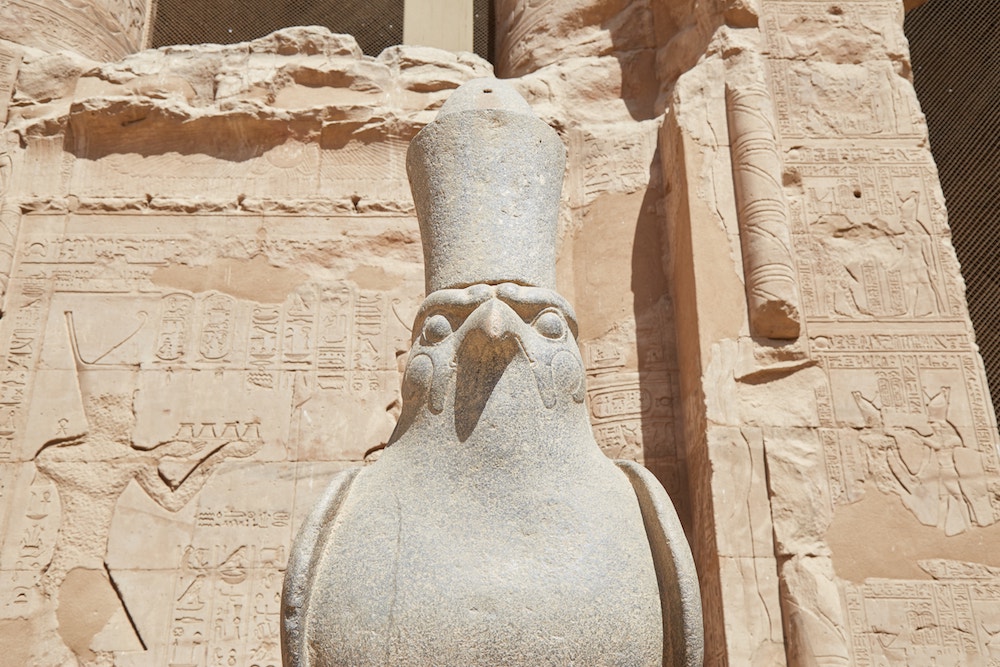
WHERE TO STAY: Aswan is a mid-sized city by Egyptian standards. While its highlights are pretty spread out, they’re mostly walkable, regardless of where you’re staying. Another popular option is to stay on Elephantine Island in the middle of the Nile River.
One of Aswan’s highest-rated and best-located hotels is Citymax Hotel Aswan. It’s located within easy walking distance of the city center and train station, as well as the ferry which takes you across the Nile.
Those looking to splurge should consider the Mövenpick Resort Aswan, located on Elephantine Island. Situated at the edge of the island, you’ll be able to enjoy some of the best views the region has to offer.
Back on the mainland, another well-known hotel is the Old Cataract, where none other than Agatha Christie stayed and wrote Death on the Nile.
For whatever reason, Aswan’s hotels are a bit pricier than elsewhere in Egypt. So even if you’re not much of a hostel person, you may want to consider David Hostel if you’re on a budget. While a bit out of the center, most of Aswan’s main landmarks will still be walkable. Best of all, the owners can give you great advice on getting around Aswan like a local.
Day 15: The City Center & Elephantine Island
While you can visit the locations in Aswan in any order you like, the rest of this Egypt itinerary will give you ideas if you’re not sure of where to start.
Let’s begin the day by visiting the Unfinished Obelisk in the morning, within easy reach of the city center. Then, head over to the ferry port and spend a few hours exploring Elephantine Island, the mythological home of creator god Khnum.
Returning to the mainland, visit the Nubian Museum in the evening to learn about how deeply intertwined Nubia’s history is with that of Ancient Egypt.

Day 16: A Day Trip to Abu Simbel
While you don’t necessarily have to visit Abu Simbel on this particular day, it can be a bit tricky to arrange, so you might want to get it out of the way early.
The magnificent temple is several hours south of Aswan, not far from the border with Sudan. You can easily book a tour there online or at your hotel if you don’t feel like planning anything.
But what if you want to experience Abu Simbel without the crowds? The best way to do this would be to take a public bus from Aswan which departs at 7:00.
By taking the 7:00 bus, you’ll get there after 11:00, just around the time the crowds start to dwindle. And you’ll still have plenty of time to make it back to Aswan in the afternoon. (Many tour groups arrive extra early in the morning in case participants need to catch a flight later in the day.)
Visiting Abu Simbel is a full-day excursion, so don’t plan anything else for this day.

Day 17: More Around Aswan
Aswan may not have the ‘wow’ factor of Giza or Luxor, but the area has several more ancient sites that history enthusiasts should enjoy.
On the city’s west bank are a set of tombs known as the Tombs of the Nobles, which range from the Old Kingdom to Middle Kingdom periods. And while not Ancient Egyptian, you can walk or take a camel ride across the desert to the fascinating Monastery of St. Simeon.
Back on the east side, you can check out the newly-opened Isis Temple in the southern part of the city, which is not far from the ferry port to Seheil Island. The island, long used as a granite quarry by numerous pharaohs, is best known for the Famine Stele.

Day 18: Philae Temple and New Kalabsha
No visit to Aswan is complete without a trip to Philae Temple. Situated on its own island, this unique temple can be reached by a combination of taxi and ferry.
While Philae is widely known, very few visitors are aware of the set of rescued and rebuilt temples of New Kalabsha. You can get there via yet another boat ride.
If you’re interested, you can also end the day trip with a visit to the Aswan High Dam.
To arrange this day trip, you have two options: hire a taxi driver for several hours and haggle with the boat drivers at each port. Or, you can book this tour online which also includes a visit to the Kalabsha temples.
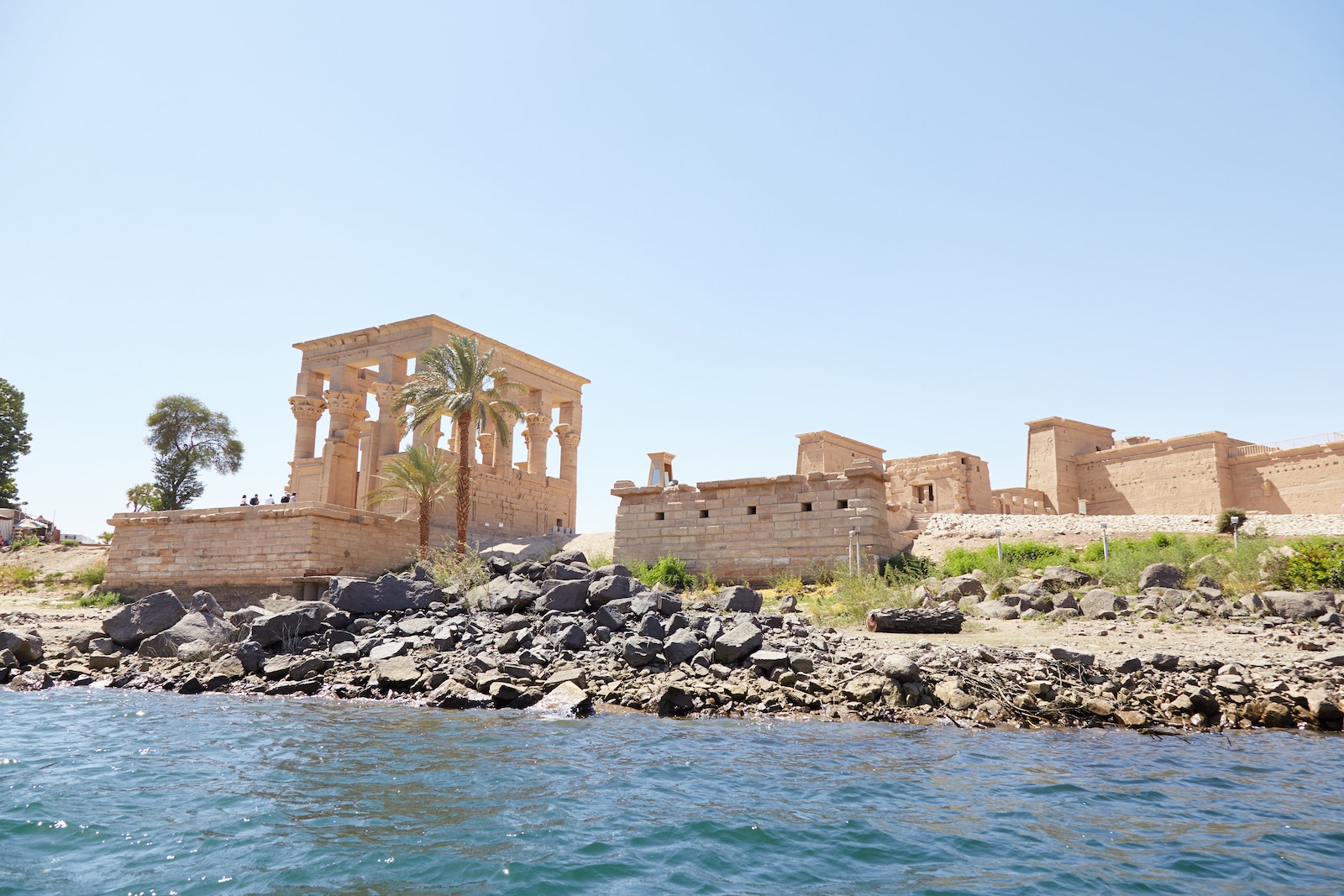
Day 19: Take it Easy in Aswan
By now, you’ve seen most of the Ancient Egyptian sites in Aswan and in the country as a whole. But if you’re like me, you’ll find the laidback pace of Aswan so refreshing that you won’t want to leave.
Extending your stay by another day, you can see anything mentioned above that you may have missed as well as a number of other sites.
A few examples are the Botanical Gardens on Kitchener’s Island, the Nubian Village, the Old Cataract Hotel and a sunset felucca ride.
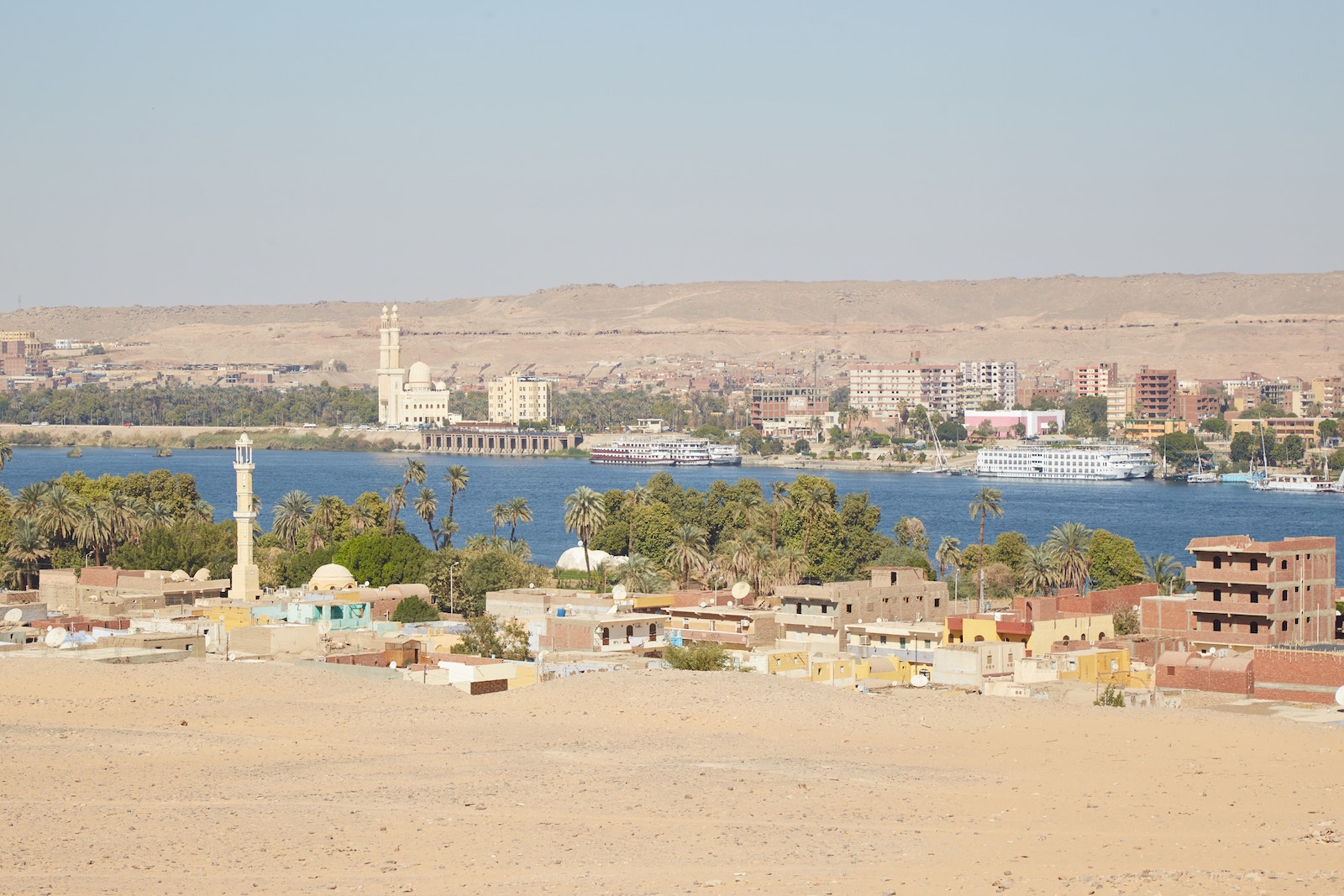
Day 20: Back to Cairo
Finished in Aswan, you can take a morning train back to Cairo. This is a long journey of about 13 hours, so be sure to leave as early as possible (of course, you can also just fly).
Back in Cairo, you can explore more of the city while using it as a base for a number of exciting excursions (more below).
Shortening the Above Egypt Itinerary
What if you don’t have three weeks to travel but still want to see as much of Ancient Egypt as possible? The only answer is to remove some days from the above Egypt itinerary – but which ones?
This is a tough one, but from the Giza portion, you could remove the second day at the plateau, as well as the Meidum/Hawara/El Lahun day trip (as much of a bummer that would be).
From Luxor, you could remove a few days from the West Bank portion, solely focusing on the main sites like the Valley of the Kings, Tombs of the Nobles and the Mortuary Temple of Hatshepsut.
And you’d also be fine removing a couple of days from the Aswan portion, though Abu Simbel and Philae are still musts.
If you think you can make it back to Egypt in the future, you may want to just stick to only the Greater Cairo Area and/or Luxor while saving the south for a future trip.
Additional Travel Ideas
After finishing the three-week Ancient Egypt itinerary above, you’ll still have another week or so before your tourist visa expires. If you’re fortunate enough to be able to extend your trip, there are plenty of more adventures you can have – both within Cairo and by using it as a base.
Below is a list of some – but certainly not all – of the ways you can spend the rest of your time in the country.
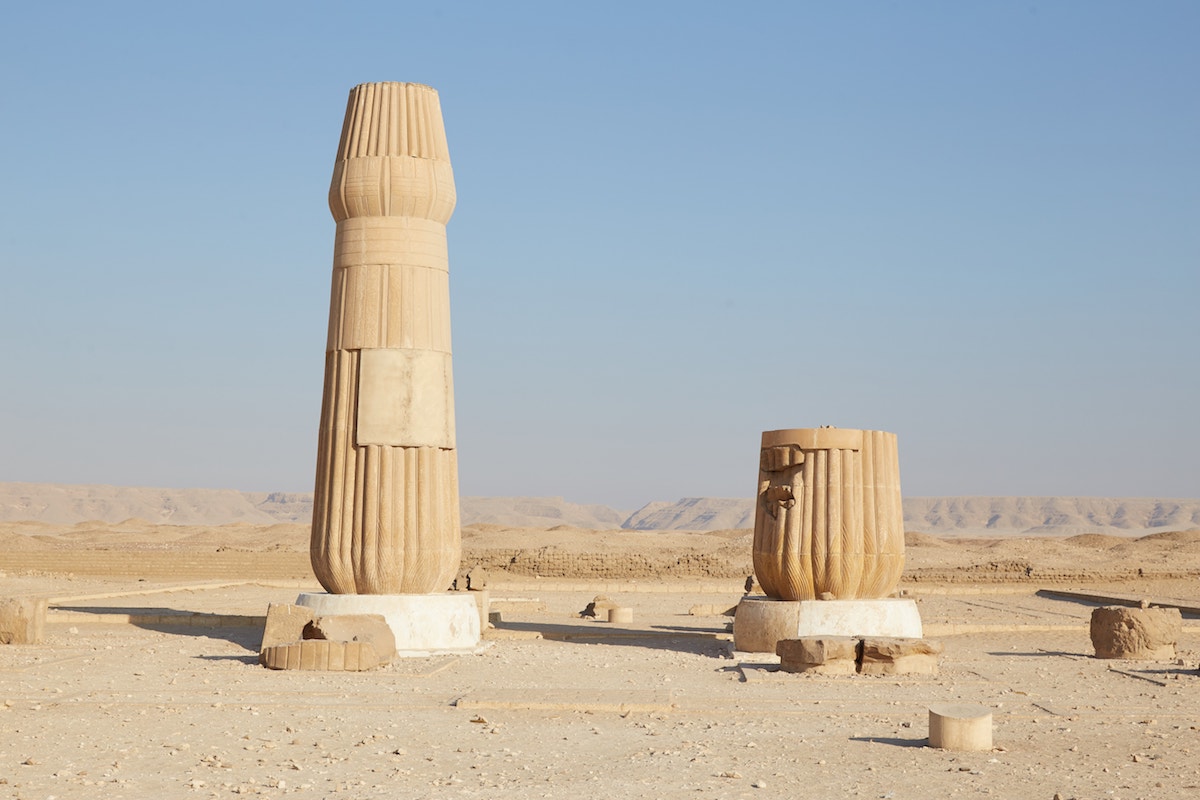
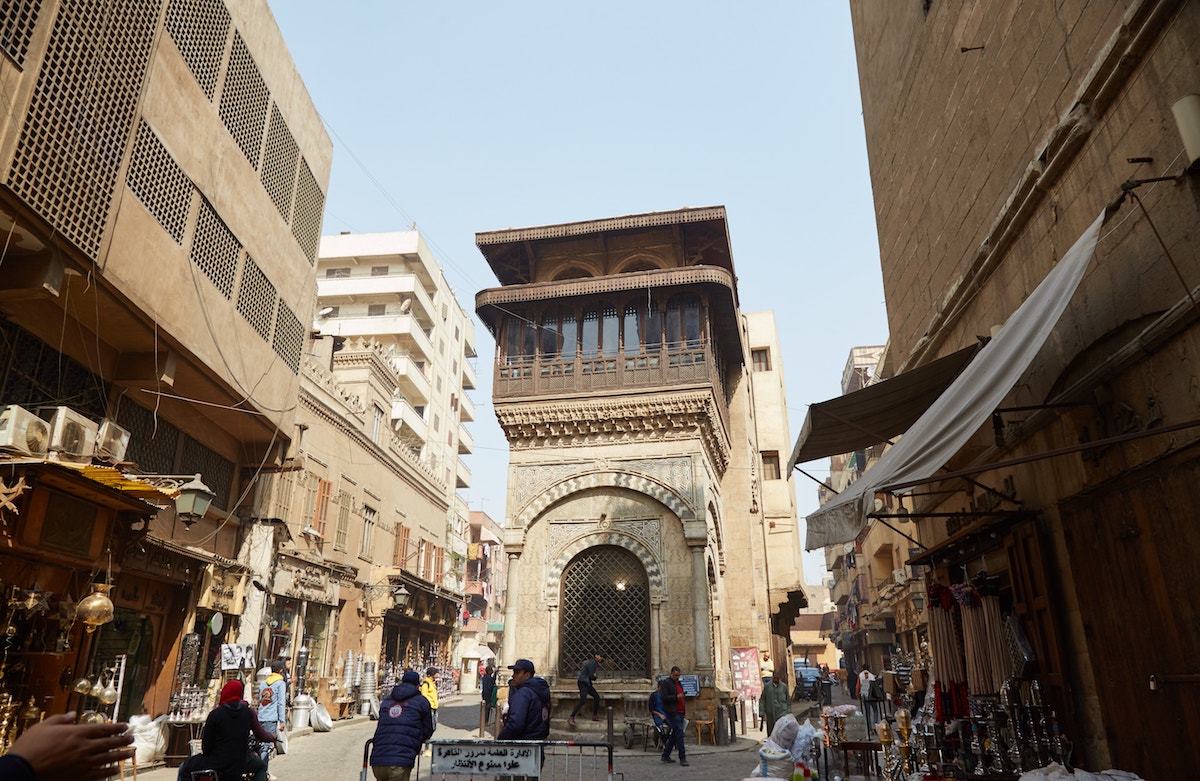

If you’re already a big Ancient Egypt aficionado, you’ll notice a major omission from the above itinerary: Amarna, the short-lived capital of the ‘heretic king’ Akhenaten.
Amarna is indeed accessible for tourists, with tours like this one departing from Cairo or Giza. So if you’d like to visit Amarna as a day trip, simply add an extra day to the Cairo/Giza portion of the itinerary and book a tour.
The reason it was left off the above Egypt itinerary is because these tours are incredibly long, departing early in the morning and returning to the city well after dark. And despite the length of the journey, you’ll only have enough time for a few tombs and temples.
So what if you want to explore for longer? The nearest city to Amarna is Minya, located about 270 km south of Giza, so you could theoretically stop there for a night or two on your way to Luxor. The problem is that no Amarna tours that depart from Minya seem to exist, while online information about booking a local driver is nonexistent.
If you do manage to figure something out, other Ancient Egyptian sites to see near Minya include Beni Hasan and Tuna el-Gebel.
While you could theoretically spend weeks exploring Islamic Cairo, the highlights can be done in a day. Check our guide here for more information.
Also known as Old Cairo, the area has long been home to Egypt’s Coptic Christian community. Highlights include the Coptic Museum, along with numerous churches and a synagogue located within Babylon Fortress.
One of the most popular tours to take from the Cairo area is a trip to the White and Black deserts, located about 500 km west of Cairo. In addition to viewing some mindblowing scenery, you’ll also get to spend a night camping in the otherworldy White Desert.
Check our guide here for more details. While many hotels can arrange the whole thing for you for around $130 USD, you can also book a tour like this one in advance.
Currently home to around 5 million people, this Mediterranean city was founded by Alexander the Great himself. While the legendary Library of Alexandria may be long gone, history enthusiasts will surely enjoy the Kom el-Shouqafa Catacomb, among other historical monuments.
Alexandria can be reached via train from Cairo, the fastest of which takes around 2 hours and 40 minutes. If that sounds like a hassle, you could also go as part of a history-focused day tour from Cairo like this one or this one.
Of course, you may also decide to spend a night or two in the city to really get a feel for it.
The Siwa Oasis is home to numerous natural wonders along with the Temple of Amun, where Alexander the Great once traveled to speak with its famous oracle.
But at around 8 hours one-way from Cairo, a trip to Siwa requires at least two nights. This is one of the most economical and highly-rated tours online.
For those who can’t get enough of Ancient Egypt, another excursion worth considering is a day trip to Tanis and Bubastis. While largely in ruin today, Tanis is home to some fascinating broken colossi, while Bubastis (also known as Tel-Basta) was once the abode of Egypt’s cat goddess, Bastet.
Located north of Cairo, getting to these places as an independent tourist can be tricky due to the security situation. The best option, therefore, is to take a tour, but they unfortunately don’t come cheap.
If you’re interested, this popular tour includes an Egyptologist guide.
Rather than fly out of Cairo, you may also choose to end your Egypt trip in either one of the popular resort towns of Sharm El-Sheikh or Hurghada. Both cities are fairly well-connected internationally, so you may not need to return to the capital again to get back home.













